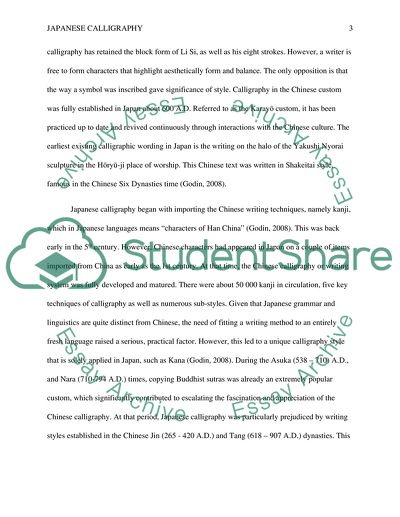Cite this document
(“Origin and Development of Japanese Calligraphy Coursework”, n.d.)
Origin and Development of Japanese Calligraphy Coursework. Retrieved from https://studentshare.org/culture/1779751-japanese-caligraphy
Origin and Development of Japanese Calligraphy Coursework. Retrieved from https://studentshare.org/culture/1779751-japanese-caligraphy
(Origin and Development of Japanese Calligraphy Coursework)
Origin and Development of Japanese Calligraphy Coursework. https://studentshare.org/culture/1779751-japanese-caligraphy.
Origin and Development of Japanese Calligraphy Coursework. https://studentshare.org/culture/1779751-japanese-caligraphy.
“Origin and Development of Japanese Calligraphy Coursework”, n.d. https://studentshare.org/culture/1779751-japanese-caligraphy.


